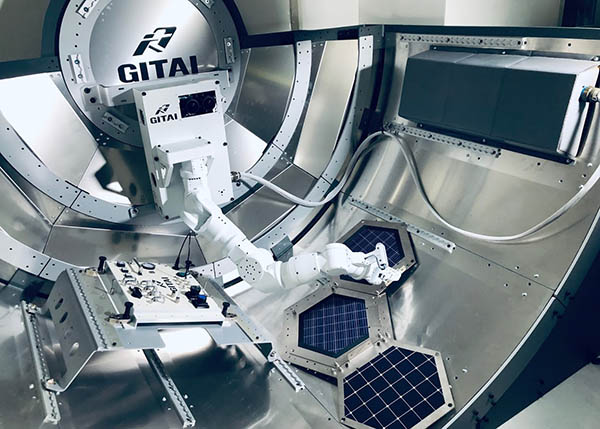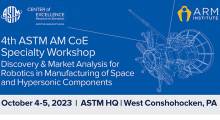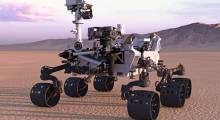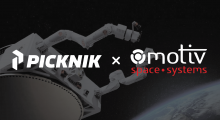The International Space Station today received a delivery of astronaut supplies, experiments, and a robot arm from GITAI Japan Inc. The Dragon capsule with 4,800-lb. (2,177-kg) payload traveled into orbit on the 23rd SpaceX mission. The National Aeronautics and Space Administration plans to test the robot for general-purpose tasks around October.
Founded in 2016, GITAI said it is developing robotics that can safely and inexpensively perform tasks in space. The Tokyo-based company is designing robots for extravehicular activity (EVA), on-orbit servicing of satellites, and lunar exploration and base construction.
GITAI has also developed the H1 teleoperation system for robotic manipulation and the G1 humanoid general-purpose robot. It raised $17.1 million in Series B funding in February and is a semi-finalist in the ANA Avatar XPRIZE competition.
Onboard demo planned
GITAI said it will collaborate with Nanoracks LLC on a technoical demonstration of the S1 robot arm in the Bishop airlock in Node 3 of the ISS. Houston-based Nanoracks is providing the launch opportunity, on-orbit operations, and data downlink. NASA astronauts will install the arm inside the airlock. It will conduct intra-vehicular activity (IVA) such as swich and cable operations.
The GITAI arm will also autonomously assemble structures and panels to demonstrate its capability for in-space assembly (ISA).
“In the current space market, there are many players trying to solve the space transportation problem, but very few standing up to the challenge to provide an alternative option for getting work done in space,” said Sho Nakanose, founder and CEO of GITAI. “However, in today’s booming space industry, there is a growing demand for versatile tasks to be conducted in space, but in a more reasonable and non-life-threatening manner.”
“We designed Bishop with the goal of providing increased commercial access to the International Space Station and building a platform that allows for complex and customizable projects that were not able to be completed on the ISS before,” said Jeffrey Manber, CEO of Nanoracks. “The Bishop Airlock is a place for creativity, and we cannot wait to see GITAI’s robotics come to life and enable incredible new technology.”
GITAI looks to the future of robots in space
“With the success of this technical demonstration, GITAI will be able to provide a significantly cheaper and safer means of conducting various tasks in space, which will bring about a true dawn of the space commercialization age,” he said.
GITAI, which has offices in San Francisco, said the demonstration will provide experience to help it build robots that can perform more diverse tasks in microgravity environments. The goal is to develop versatile robots that can carry out docking, repair, and maintenance tasks for on-orbit servicing (OOS), as well as for humanity's return to the Moon.
Article topics
Email Sign Up

















